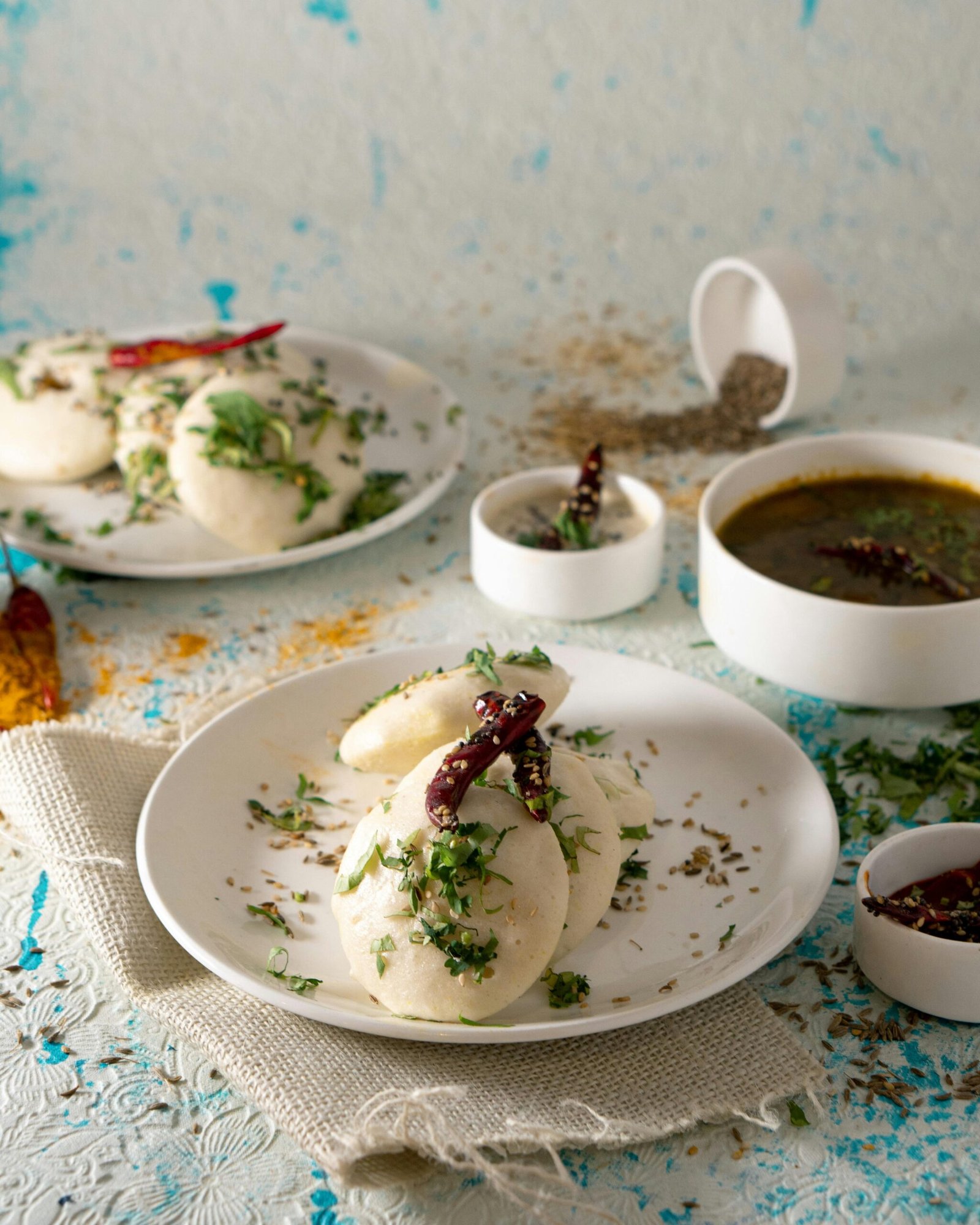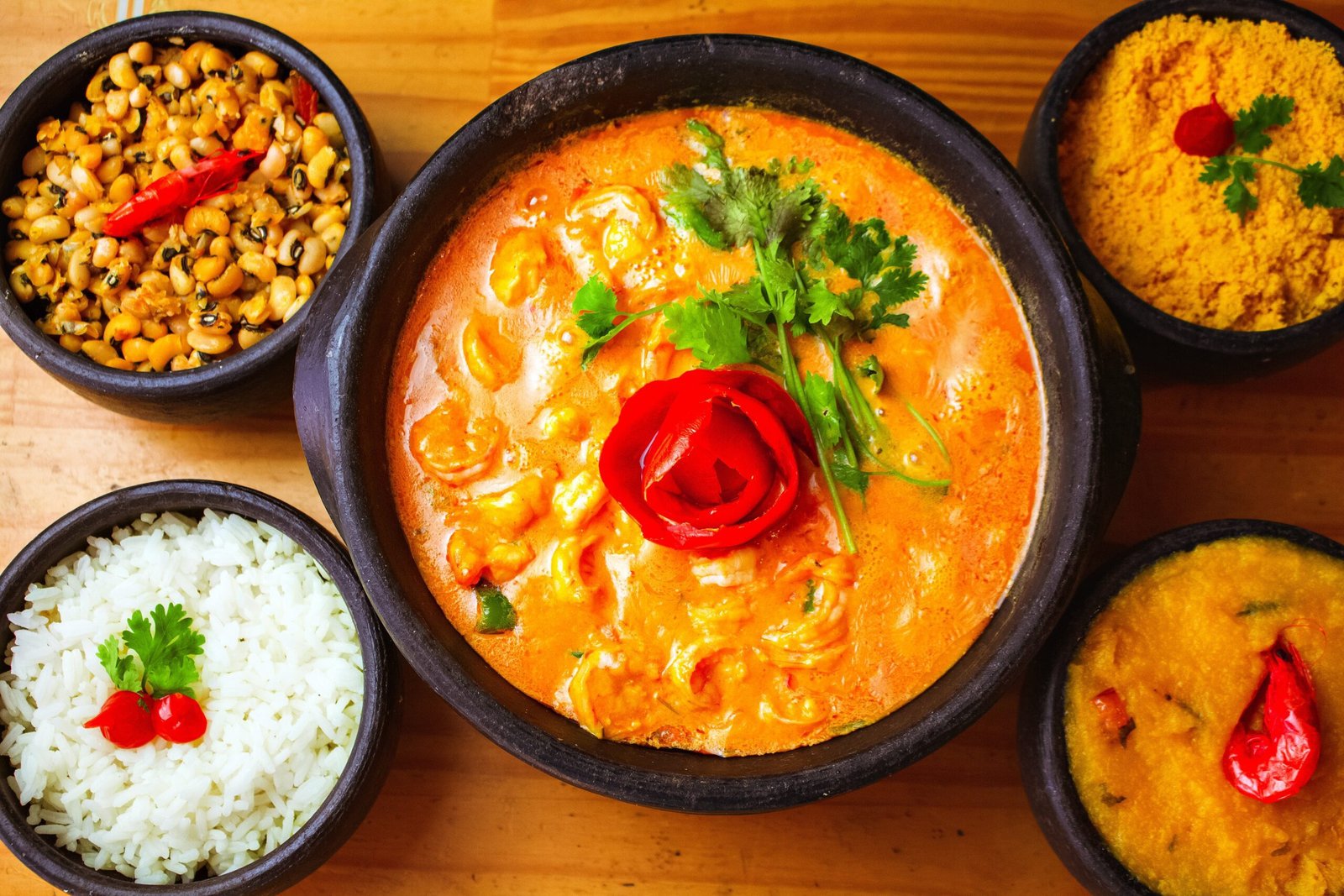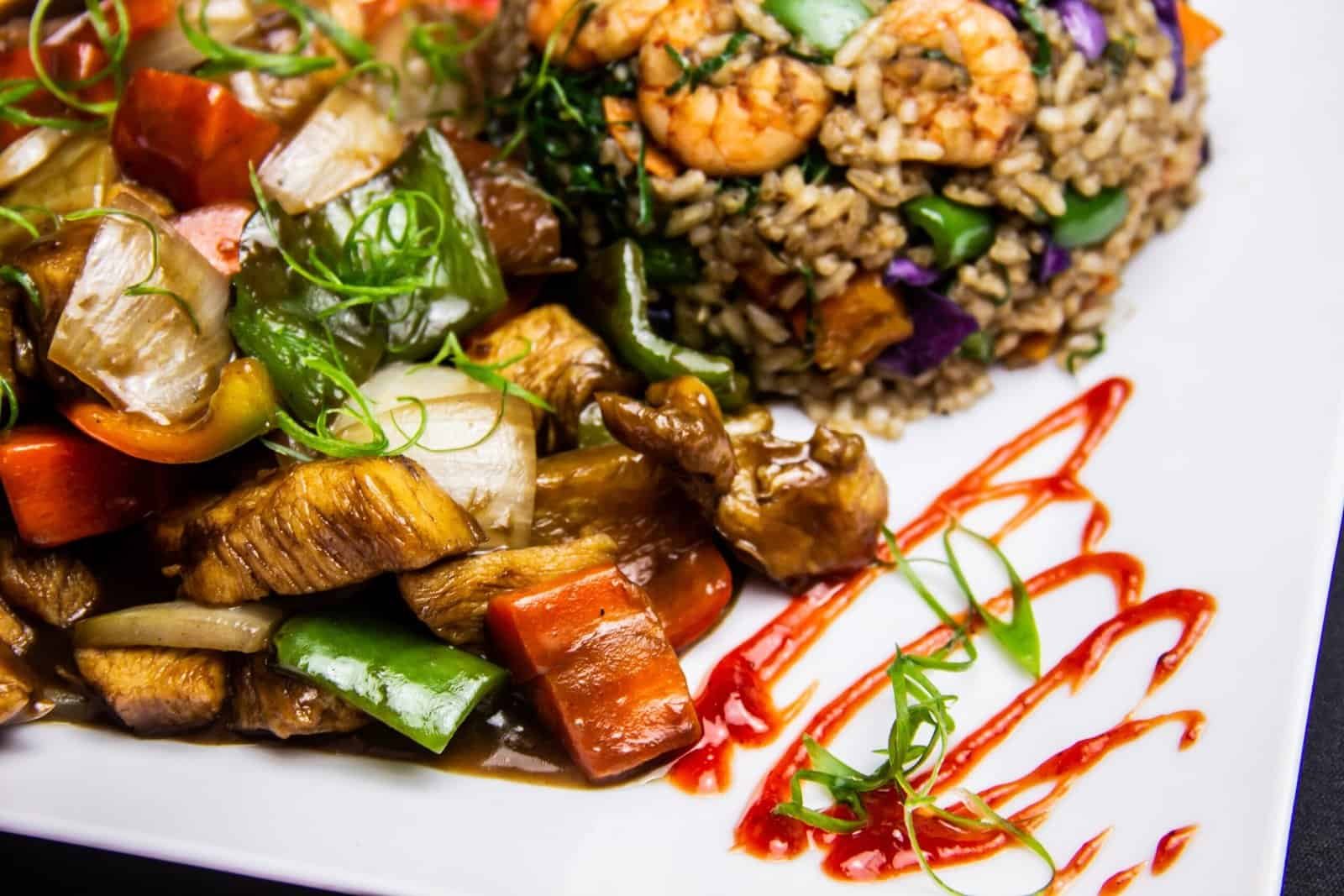Choosing the right type of rice for different Korean dishes can be a daunting task, but fear not! In this article, we’ll guide you through the various types of rice commonly used in Korean cuisine, and help you understand which rice is best suited for specific dishes. From the sticky and chewy short-grain rice ideal for classics like bibimbap, to the fluffy and fragrant long-grain rice perfect for samgyetang, by the end of this article, you’ll be equipped with the knowledge to make the right choice for your Korean culinary adventures. So grab your apron and prepare to embark on a rice-filled journey through the vibrant and delicious world of Korean cooking!
Types of Rice Used in Korean Cooking
When it comes to Korean cuisine, rice plays a vital role as a staple food in most meals. The variety of rice used can greatly impact the texture, flavor, and overall presentation of a dish. In Korean cooking, there are several types of rice commonly utilized, each with its own unique characteristics. Let’s explore the different types of rice and learn how to choose the right one for your Korean dishes.
Short Grain Rice
Short grain rice is the most common type of rice used in Korean cooking. It is characterized by its plump and slightly sticky grains, which are perfect for shaping into various dishes. The stickiness of short grain rice makes it ideal for making rice balls, sushi, and rice cakes. The grains are also tender and moist, giving each bite a delightful chewiness. When cooked, short grain rice has a slightly sweet and nutty flavor.
In Korean cuisine, short grain rice is the go-to choice for classic dishes such as bibimbap, kimchi fried rice, and rice porridge (juk). It pairs well with a wide range of Korean side dishes, providing a neutral base to enjoy the flavors of bolder and spicier dishes.
Medium Grain Rice
Medium grain rice, as the name suggests, falls between short and long grain rice in terms of size and shape. It has a slightly longer and thinner shape than short grain rice, with a less sticky texture. The grains tend to be more firm and separate easily when cooked.
In Korean cooking, medium grain rice is often used for dishes that require a drier and less sticky texture. It is commonly used in stir-fried rice dishes like kimchi bokkeumbap and yangnyeom bap (seasoned rice). The grains retain their shape after cooking and provide a pleasant chewiness to the dish.
Glutinous Rice
Glutinous rice, also known as sticky rice or sweet rice, is a type of rice commonly used in Korean desserts and certain savory dishes. Despite its name, glutinous rice does not contain gluten. It is called “glutinous” due to its sticky texture when cooked.
This type of rice is short and plump, with a higher starch content than other varieties. When cooked, the grains become sticky and chewy, making it perfect for dishes like tteok (rice cakes), jeon (Korean pancakes), and sweet rice desserts like patbingsu (shaved ice with sweet toppings).
Brown Rice
Brown rice is a healthier alternative to white rice. It is essentially the same as white rice, but with the outer bran layer left intact. This gives the rice a slightly nutty flavor and a chewier texture. Brown rice is rich in fiber and nutrients, making it a more nutritious choice.
In Korean cuisine, brown rice is often used as a substitute for white rice in various dishes. It can be enjoyed on its own or mixed with other grains for a heartier meal. Brown rice pairs well with vegetable-based dishes and soups, adding a wholesome element to the overall flavor.
Black Rice
Black rice, also known as forbidden rice, is a unique and visually striking variety of rice. It is dark purple in color and has a slightly sweet and nutty flavor. Black rice is packed with antioxidants and nutrients, making it a highly nutritious choice.
In Korean cooking, black rice is often used in mixed rice dishes or as a garnish to add a pop of color and flavor. It can be mixed with white or brown rice to create a visually appealing and flavorful combination. Black rice also pairs well with seafood dishes, complementing their natural flavors.
Wild Rice
Wild rice is not technically rice but rather a type of aquatic grass seed. It has a dark color and a chewy, nutty texture. Wild rice is highly nutritious and is often mixed with other rice varieties to add texture and flavor.
In Korean cuisine, wild rice is commonly used in mixed rice dishes, adding a unique taste and texture to the overall combination. It pairs well with vegetables, mushrooms, and meat dishes, enhancing their flavors and providing a delightful contrast.

Considerations for Choosing Rice for Korean Dishes
When choosing rice for Korean dishes, several factors should be considered, including texture, flavor, cooking method, and presentation. Let’s take a closer look at these considerations to help you select the perfect rice for your Korean culinary adventures.
Texture
The texture of rice can greatly influence the overall eating experience of a dish. Some dishes call for sticky and chewy rice, while others require a more separate and firm texture.
Sticky Rice: If you prefer a stickier and more compact rice texture, opt for short grain rice or glutinous rice. These varieties will hold together well in dishes like rice balls or rice cakes.
Soft Rice: For a softer and moister texture, short grain rice is an excellent choice. It absorbs flavors well and is perfect for dishes like bibimbap or rice porridge.
Firm Rice: If you prefer rice that remains separate and retains its shape after cooking, medium grain rice or brown rice will provide a more firm and chewy texture. These varieties work well in stir-fried rice dishes or as a side dish.
Flavor
The flavor of rice can vary depending on the type and processing method. Different rice varieties can add subtle or distinct flavors to a dish.
Neutral Flavor: Short grain rice and medium grain rice have a mild and neutral flavor, allowing other ingredients in the dish to shine.
Nutty Flavor: Brown rice and black rice have a nutty flavor that adds depth and complexity to a dish. They work well in grain bowls or dishes that benefit from a more pronounced taste.
Sweet Flavor: Glutinous rice imparts a slightly sweet flavor to dishes, making it a great choice for Korean desserts or sweet rice dishes.
Cooking Method
Certain rice varieties are better suited for specific cooking methods. Consider the cooking technique required for your desired dish when choosing rice.
Steamed Rice: Short grain rice and medium grain rice are commonly steamed to perfection, resulting in fluffy and moist grains.
Stir-fried Rice: When making stir-fried rice dishes, medium grain rice and brown rice hold up well and won’t become overly sticky or mushy.
Rice Cakes: Glutinous rice is the preferred choice for making traditional rice cakes due to its sticky and chewy characteristics.
Presentation
Lastly, the presentation of a dish is equally important in Korean cuisine. The color, shape, and texture of the rice can greatly enhance the overall visual appeal of a meal.
Colorful Rice: Adding black rice or wild rice to a dish can create beautiful color contrasts and make the meal visually striking.
Garnish or Bedding: Using different types of rice as a garnish or bedding for the main ingredients can elevate the dish’s presentation and provide an interesting textural element.
By considering the texture, flavor, cooking method, and presentation, you can choose the right type of rice that will enhance and complement your Korean dishes perfectly. So go ahead, get creative, and enjoy the wonderful world of Korean cuisine with the perfect rice!

